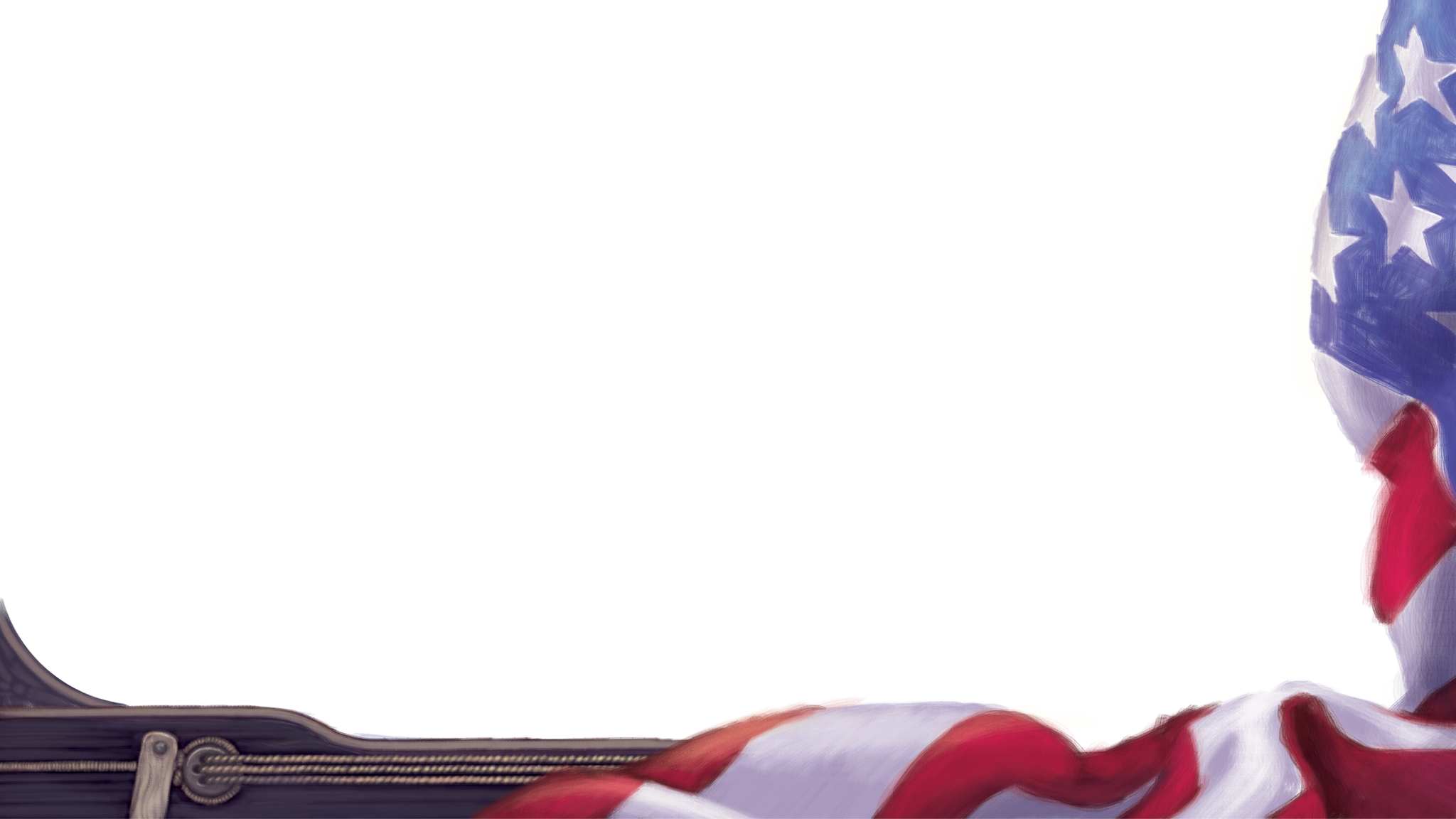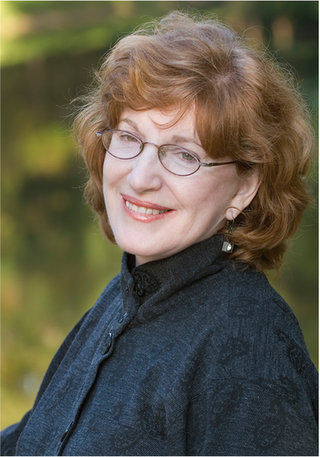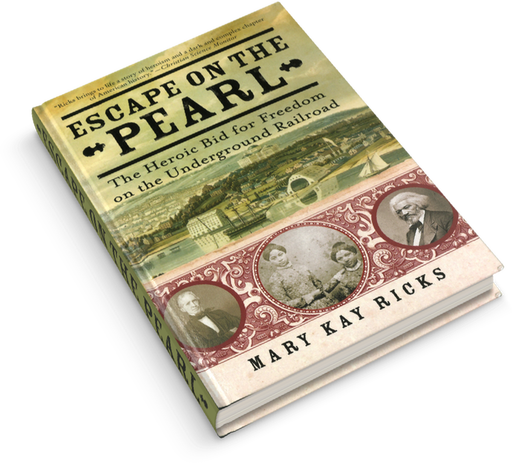
OntheRoad
ItraveledtoLouisianatoseeifIcouldtraceMaryandEmily’sjourney.AftertheUniondockedinNewOrleans,theywereturnedovertoamannamedWilson.ThecitydirectorylistedaslavetradernamedJonathanWilson.Headvertisedinthenewspaperhowpeoplecouldeasilyreachhisslavejailbystreetcar.Thebuildingisstilltheretoday.Itturnedoutthatitwastwoblocksfrommy hotel.
BothJohnH.PaynterandHarrietBeecherStowetellusthattherewasaterribleoutbreakofyellowfeverinNewOrleansin1848.MaryandEmilywerevaluable“property.”Withtheoutbreak,itwastoodangeroustokeeptheminNewOrleans.TheyweresentbacktothejailinWashington,D.C.ThisgavetheEdmonsonfamilyandsupportersachancetofree them.
Abolitionistshelda fund‑raising eventinNewYorkCityforthesisters.Itwasveryexpensivetopaytofreehumanbeings.WeknowfromthelandrecordsinMarylandthateveniftheirfathersoldhisfarm,itwouldnotbeenoughtobuythefreedomofevenoneofthe sisters.
Thegirls’supportersfinallygatheredeverypennytheyneededtopurchasetheirfreedom. Withgreatjoy,MaryandEmilysteppedoutoftheslavejailasfreeyoung women.
DiscoveringTheirPath
Nowfree,MaryandEmily’seducationcamefirst.HarrietBeecherStowehelpedtofinancetheirstudies.TheyattendedaschoolinNewYorkwheretheylearnedtoreadand write.
ItraveledtheretoreadtheschoolrecordsconcerningMaryandEmily.IfoundcopiesofEmily’sletterstoStoweandfamilymembers.Itwasverymovingtoreadherownwordsandseeherhandwriting.Sadly,MarydiedoftuberculosiswhileatOberlinCollegeinOhio.AnOhionewspaperreportedthatshewasburiedinacemetery there.
FollowingTheirJourney
Emilyreturnedto Washington,D.C.,tobewithherfamily.Shetaughtatateacher’sschoolforyoungblack women.
ThreeoftheEdmonsonbrothersendedupfree.AwealthymanfromNewYorkdonated $900forRichard’sfreedom.PaynterreportedthatEmilyraisedmoneyintheNorthtofreeherbrother Ephraim.
SamuelescapedonashipleavingNewOrleans.PayntersaidthathetraveledtoAustraliaandEngland.Itwasverydifficulttofindanyevidencetoprovethis.ButthenIlookedattheU.S.censusfor1870.ItshowedthatSamuelhadreturnedtoWashington,D.C.,aftertheCivilWarwithhiswifeandchildren.ThecensusreportedthatonechildhadbeenborninAustraliaandtheotherinEngland.ThisprovedthatPaynter’sfamilyhistorywas correct.
JohnEdmonsonwastheonlybrotherwhonevermadeithome.TheU.S.censusfor1870describesablack,Maryland‑bornfarmerlivinginLouisiana.HewasnamedJohnEdmonson.Hewastherightageandverylikelywasthemissingbrother.Hisnamethendisappearedfromtherecords.Hemayneverhavemadeithometoseehis family.
TellingTheirStory
Eventually,Ihadenoughinformationtopublishabook.Ifyou’dliketoknowwhatIdiscovered,youcanreadmybook.It’scalledEscapeonthe Pearl.
ThePearlescapechangedAmericanhistory.Twoyearsafterithappened,slavetradingwasoutlawedinthenation’scapitol.ManyofthetraderssimplymovedtoVirginiaorMaryland,butitwasastart.ItwouldtakemorethanadecadeandaCivilWarbeforeslaverywouldbeabolishedthroughouttheUnitedStates.OneofthemostrewardingpartsofmyresearchwaslearningwhatbecameofpeopleonthePearl.
IfoundthedescendantsoftheEdmonsonfamily.IalsodiscoveredwhathappenedtomanyoftheotherpassengersonthePearl. Theywereteachers,doctors,financialplanners,andsomanyother things.
ThisstoryispartofthestoryofAmerica.ThereareotherAmericanstorieswaitingtobediscoveredandresearched.Iwillcontinuetolook.Whoknowswhatstorywillberevealedtous next?

authorMaryKay Ricks
